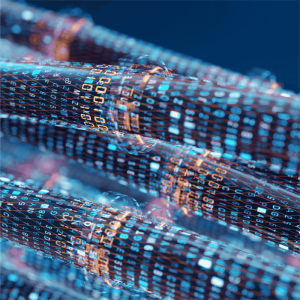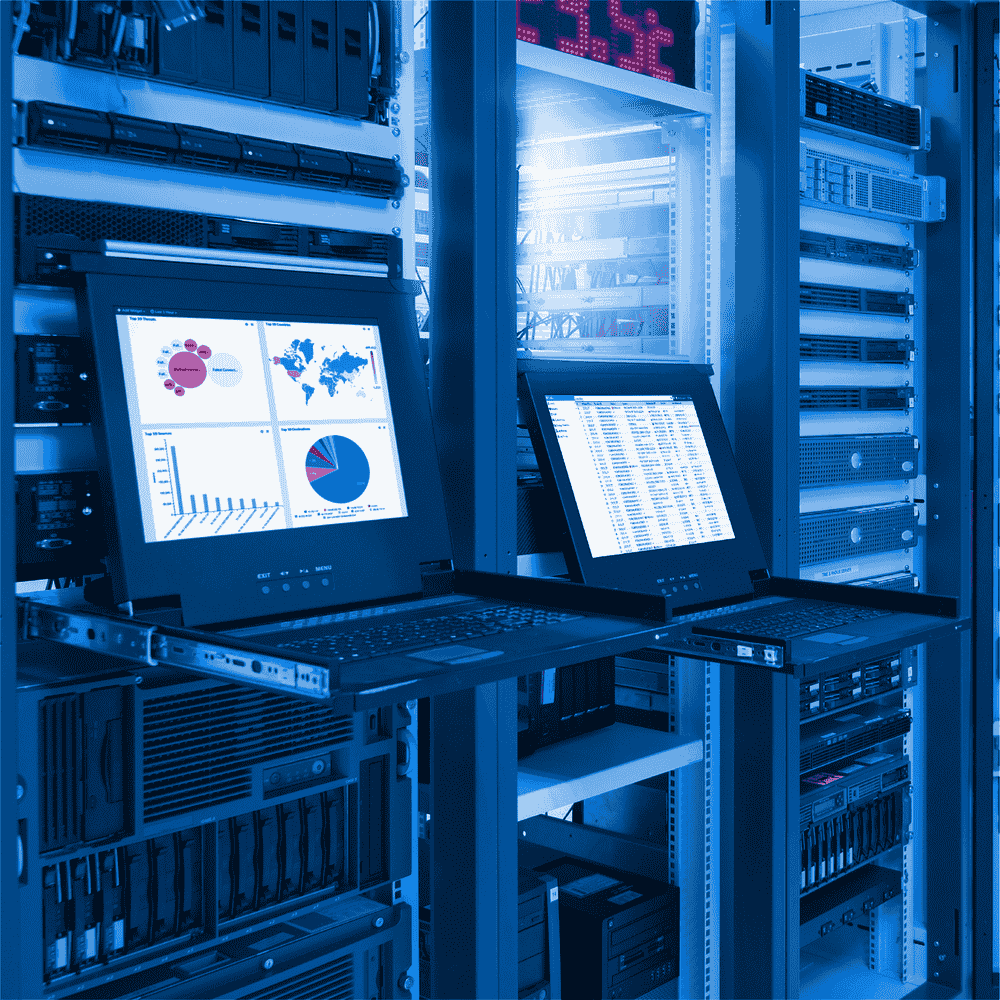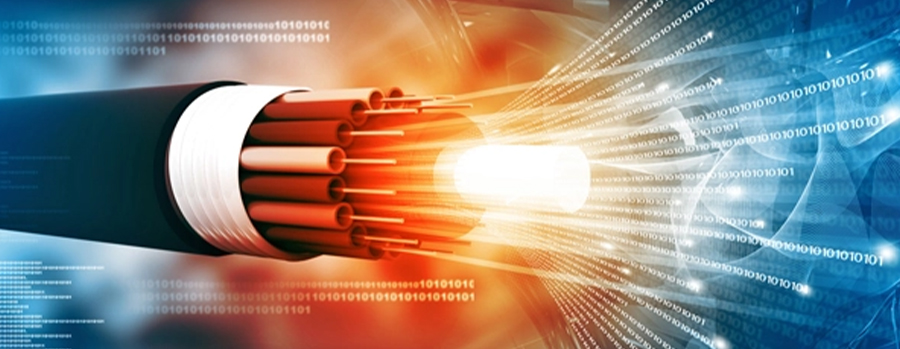Fiber Cabling Solutions: Future Technology for High-Speed and Reliable Networks
In today’s rapidly digitalizing world, data transmission speed and reliability have become more important than ever. Fiber optic cabling solutions have become an indispensable part of modern network infrastructures with their high-speed data transmission and technology that minimizes signal loss even over long distances. Fiber cabling solutions are preferred especially in large data centers, telecommunication networks and large-scale industrial facilities. In this article, you will find detailed information about the advantages, areas of use and the future of fiber cabling solutions.
What is Fiber Cabling?
Fiber cabling is a cabling technology consisting of thin glass or plastic wires that transmit data via light signals. This technology uses light instead of electricity in data transmission, which makes fiber cables resistant to electromagnetic interference and reduces data loss. Fiber optic cables can transmit data at much higher speeds and over longer distances compared to copper cables.
Advantages of Fiber Cabling Solutions
Many advantages offered by fiber cabling make this technology an ideal solution for modern network infrastructures:
High Speed: Fiber optic cables offer high bandwidth, up to gigabit speeds in data transmission. This is especially important for large data centers and telecommunication networks.
Reliability over Long Distances: Fiber cables minimize signal loss in data transmission over much longer distances compared to copper cables. In this way, a reliable connection is provided even when sending data over long distances.
Resistance to Electromagnetic Interference: Since fiber optic cables transmit data with light instead of electricity, they are not affected by electromagnetic interference. This makes fiber cabling a reliable solution even in noisy industrial environments.
Less Data Loss: Fiber optic cables offer less data loss and lower latency. This is especially critical for real-time applications and high-resolution video streams.
Future-Proof Technology: Fiber cabling solutions offer flexibility and capacity to meet increasing data demands in the long term. Investments in fiber infrastructure can be scaled to adapt to future technological developments.
Areas of Use of Fiber Cabling Solutions
Fiber cabling solutions have a wide range of uses in various sectors:
Data Centers: Due to the need for high-speed data transmission and large amounts of data storage, fiber cabling solutions are indispensable in data centers. Fiber cables provide fast and reliable data transmission between servers.
Telecommunication Networks: Fiber optic technology is used in telecommunication networks to provide broadband services such as telephone, internet and television. Fiber cabling provides high-speed internet connections and quality communication.
Industrial Facilities: In large production facilities, power plants and other industrial areas, reliability and durability are at the forefront of data transmission. Fiber cabling provides secure and uninterrupted data flow in these environments.
City Infrastructures: Fiber cabling is used for many applications such as traffic management, security cameras and other public services within the scope of smart city projects.
The Future of Fiber Cabling Solutions
With the rapid development of technology, fiber cabling solutions will also find a wider use in the future. With 5G, IoT (Internet of Things) and other new technologies, data demands will increase and fiber optic cables will play an important role in meeting this increasing demand. In addition, investments in fiber cabling infrastructure will provide high performance and reliability in the long term and create a strong foundation for the future.
Conclusion
Fiber cabling solutions offer high speed, reliability and future flexibility as the cornerstone of modern network infrastructures. Whether it is a large data center or a telecommunications network, fiber cabling solutions are the ideal option to maximize the performance of your network. Investing in fiber cabling technology not only meets future data needs but also provides a competitive advantage in the long term.






